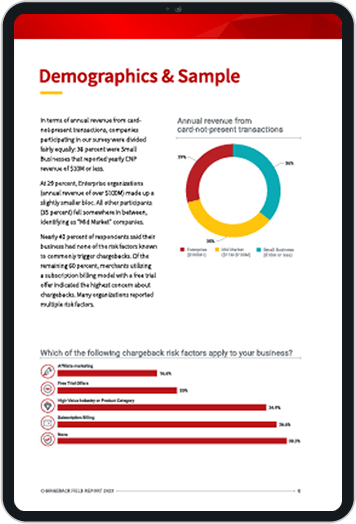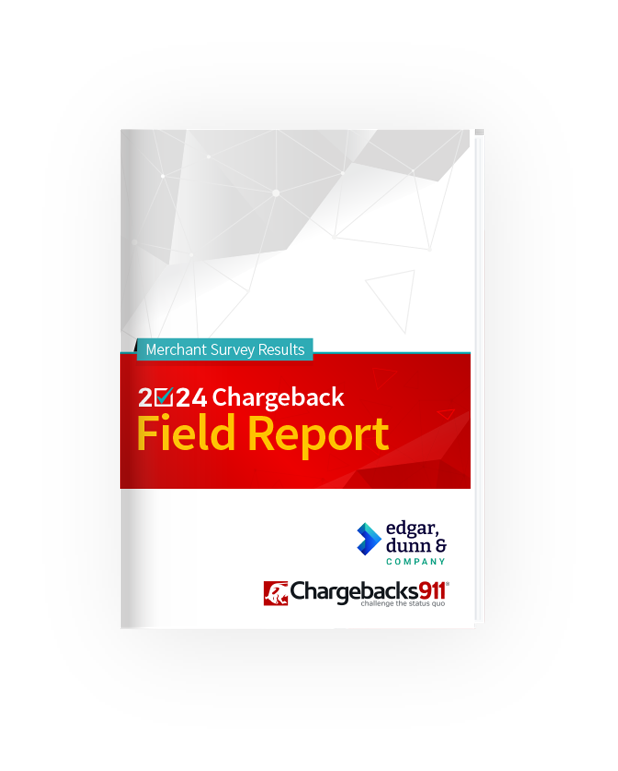What Is Interchange-Plus Pricing? How Can It Save Me Money?
Despite the surge of new alternative payment methods hitting the market, credit and debit cards still rule online commerce.
The ability to accept card payments is vital to your business… but it comes at a cost.
Processors, banks, and card networks all charge a small fee for their services. How that fee is set varies depending on several factors, including the pricing structure you choose. In this post, we’re going to specifically focus on something called interchange-plus pricing: what it means, how it works, and why it may — or may not — be your best option.
Recommended reading
- Best Credit Card Processing Companies of 2025 REVEALED
- Why is My Bank Account is Under Investigation?
- Issuer Declines: 7 Reasons They Happen & How to Fix Them
- What a Combined Capital One & Discover Means For Merchants
- What is an Issuing Bank? The Issuer's Role in Payments
- What is an Acquiring Bank? The Acquirer's Role in Payments
What is Interchange-Plus Pricing?
Interchange-plus pricing is a combination of your predetermined interchange fee, plus a markup assessed by the processor.
Interchange-plus pricing, also known as “cost-plus,” is a pricing model for payment processing.
It’s a combination of your predetermined interchange fee, plus a markup assessed by the processor. That markup can be either fixed or percentage-based.
Compared to other methods, interchange-plus credit card processing offers you a high level of transparency. You have a detailed breakdown of your monthly processing fees. It’s the only model that breaks out every cost point, including any monthly fees from processor-provided services or subscription add-ons.
Judging by the title, interchange-plus pricing should be easy to calculate and budget. In reality, that’s not always the case. Interchange fees can fluctuate based on different factors, such as card brand and type of transaction. And, if the processor fee is a percentage, it can be difficult to predict your costs until sales numbers come in.
How Is Interchange-Plus Pricing Calculated?
Interchange plus pricing fees are calculated by combining the interchange fees, which is percentage of the total transaction, and the agreed-upon markup from the processor, which could be a percentage or a set fee.
There are two obvious components of interchange plus pricing: the interchange, and the plus.
Interchange Fees
Interchange fees are the base fee for merchant processing rates. The fees exist to compensate card-issuing banks for their services, as well as the risk they take on by backing your electronic payments.
Fees are levied and collected by card networks like Visa and Mastercard, who then forward payment to the appropriate issuers. Each card brand sets its own per-transaction fee, which is a percentage of the total transaction amount.
Markup Costs
Beyond the interchange fees, each payment processor charges a per-transaction markup fee. It’s kind of like a commission; it covers the processor’s costs associated with transaction fees, batch fees, and more. Unlike interchange fees, markups are entirely controlled by the payment processor.
Again, there’s no standard rate, but in interchange-plus plans, prices are based on either a set rate or a percentage. For example, using an interchange fee of 1.8% and a markup fee of 0.5%, a $100 transaction would end up costing $2.30.
While the interchange is set, markup fees may be negotiable; higher-volume businesses may be able to secure lower markup rates.
Alternatives to Interchange-Plus Pricing
While it works well for many merchants, interchange-plus pricing may not be the best option for your business. Luckily, you have options:
Flat-Rate Pricing
This pricing model applies the same price rate to all transactions made through a given method, regardless of interchange rates and fees. You pay a set percentage on top of the pre-determined transaction rate; for example, 3% of the transaction total, plus $0.25 for every transaction.
Tiered Pricing
By combining interchange-plus and flat-rate pricing, tiered pricing sorts all transaction types into one of three (sometimes four) categories, or “tiers”: Qualified, Mid-Qualified, or Non-Qualified. In some cases, “Rewards” is its own category. Processing rates are based on the transaction’s tier.
Subscription Pricing
Also called membership pricing. This method is similar to interchange-plus because it separates the markup from the interchange. However, the difference is that your processor will charge you a monthly subscription fee instead of tacking on fees per transaction.

There’s also a variation on these pricing methods called billback. Here merchants are charged a flat-rate for transactions processed in the preceding month. Once the monthly sales are settled, however, the merchant is charged for the difference between the flat rate and the actual cost.
Who Benefits Most From Interchange-Plus Pricing?
Interchange-plus pricing is a popular choice for a lot of merchants. But, who really benefits the most from this model?
In general, you can expect to see the best results from interchange-plus pricing if any of the following apply to you:
Is Interchange-Plus Pricing the Best Option for Me?
Interchange plus vs. flat rate vs. tiered pricing? The best option will ultimately depend on you. Different pricing models will work better for some organizations than for others. Finding out if interchange-plus pricing is best for you will require a little research, but here are a few questions to get you started.
Tips to Get the Best Interchange-Plus Rates
This wouldn’t be a Chargebacks911® article if I sent you away without any actionable advice. So, here are a few tips that can help you secure the best interchange-plus pricing possible:
Negotiate Processor Markups
Processor markups are one of the few negotiable aspects of interchange-plus pricing, so do what you can to advocate for the best possible rates. Start by understanding the average markup rates in your industry and use that knowledge as leverage during negotiations. Highlight your business's transaction volume and reliability to show that you’re a low-risk client that deserves good terms.
Choose a Processor With Transparent Pricing
If you get transparent pricing ensures, you can be sure that you fully understand the fees and costs, and can avoid hidden charges that could eat into your profits. Look for processors that give detailed, easy-to-read statements, and that clearly outline their fee structures upfront. This level of clarity will help you make informed decisions and establish a trusting partnership.
Keep an Eye on Industry Trends and Changes
Interchange rates are subject to change, so it’s important to keep up with industry news and trends. New payment processing technologies and regulations emerge all the time. By staying informed, you can position yourself to anticipate potential changes to your interchange rate and adjust your pricing strategies accordingly.
Okay, now here’s another tip: avoid card-not-present transactions. These are pretty much always considered higher risk due to the greater chance of fraud associated with them.
That’s not great advice, though, is it? You want to grow your sales, not diminish them. But, the fact of the matter is that, as long as you’re doing business online, you’re going to have to contend with the threat posed by fraud and chargebacks.
The experts at Chargebacks911 can identify areas of your business that may be leaking revenue and demonstrate ways to maximize your ROI while reducing risk.
Want to learn more? Click below and get started.
FAQs
What is the interchange plus rate?
An interchange plus rate for processing means that for each transaction, the merchant will pay an exact pass-through of the card brand’s interchange rate, plus a per transaction fee from the processor.
When might interchange plus pricing be the right pricing method?
Merchants that process a high volume ($5k-$10k /month) of transactions may save money with the interchange-plus pricing model.
What are the drawbacks of using cost-plus pricing?
An interchange plus model sounds straight-forward, but in practice it can be complex, in terms of separating charges. There can also be hidden fees in the markup. But the biggest downside is the unpredictability: interchange fees are variable and can be volatile, making it difficult to accurately budget for costs.
Who pays the interchange fee?
The merchant's acquiring bank pays the interchange fee to the cardholder's issuing bank.
What is an interchange refund?
When a merchant issues a refund, the customer gets back what they paid, plus sales tax. The merchant is refunded only a portion of the fees paid to the acquirer. For interchange-plus merchants, the interchange fee will usually be returned, but the markup typically will not.














